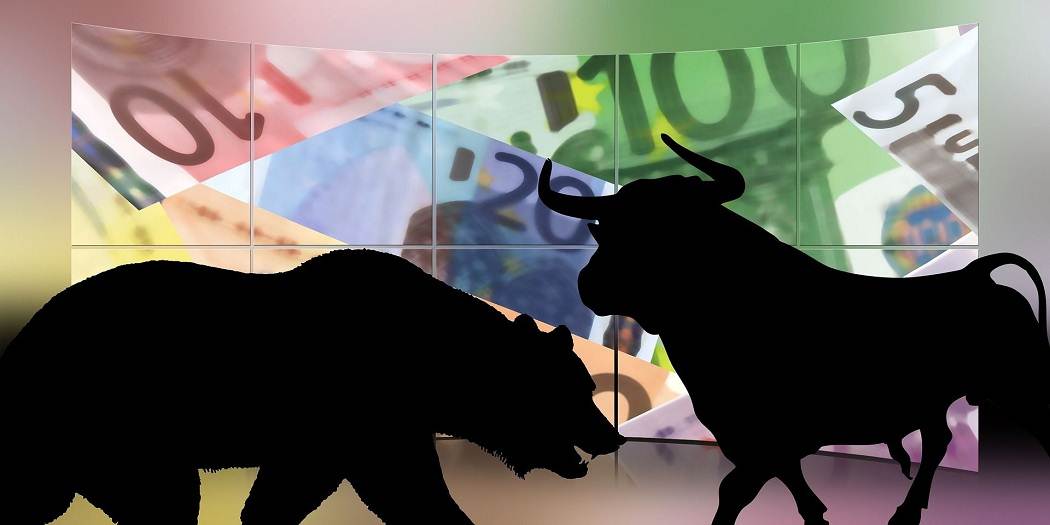Markets that experience continuous and/or significant growth are called bull markets. Markets with continuous and/or significant decreases are called bear markets. Both have their own unique opportunities and dangers. You can browse here for information about PEPE coin.
Whether it’s cryptocurrencies, stocks, real estate or any other asset, you’ll often find markets defined in two ways: bull market or bear market. Simply put, a bull market is a rising market and a bear market is a falling market. Because markets often experience daily (even momentary) fluctuations, these two terms are usually only used in the following situation:
- Experiencing mostly up or down movement in the long run
- Significant upward or downward oscillation (20% commonly accepted)
What is the bull market?
A bull market or bull run is defined as a period when the majority of investors buy, when demand outweighs supply, market confidence is high, and prices are rising. If you see prices trending upwards rapidly in a particular market, it may be a sign that the majority of investors are optimistic or “bullish” about a further price increase. In this case, you may be facing the start of a bull market.
Investors who believe that prices will increase over time are referred to as “bulls”. A positive cycle emerges as investor confidence grows. This cycle tends to attract more investment, causing prices to continue to rise.
Because the price of each cryptocurrency is heavily influenced by people’s confidence in that asset, one strategy some investors use is to try to determine the optimism of investors in a particular market (the metric known as “market sentiment”).
What determines the end of a bull market?
Even during a bull market there will be volatility, dips and corrections along the way. Short-term downward moves can easily be mistakenly interpreted as the end of a bull market. Therefore, it is important to examine the price action over the longer time frame and consider the possible signs of a trend reversal from a broader perspective. (Investors working on shorter timeframes often talk about “buying at the bottom.”)
History has shown that bull markets do not last forever and at some point investor confidence will start to wane. This can be triggered by anything from negative news like unfavorable legislation to unforeseen circumstances like the COVID-19 pandemic. A sharp downward price move could start a bear market where more investors believe prices will continue to drop, causing a downward spiral as these investors sell to prevent further losses.
What is the bear market?
A bear market is defined as a period of time when supply is greater than demand, confidence is low, and prices are falling. This is why pessimistic investors who believe that prices will continue to fall are called “bears”. Trading in bear markets can be difficult, especially for inexperienced traders.
It is difficult to predict when the bear market will end and when the lowest price has been reached. Because rebound is usually a slow and unpredictable process that can be affected by many external factors such as economic growth, investor psychology, and world news or events.
But these markets can also bring with them various opportunities. After all, if your investment strategy is longer term, buying in a bear market can pay off as the cycle reverses. Investors with short-term strategies can also benefit from temporary price increases or corrections.
When does the bull market come?
In a bull market or a bear market, a specific start date cannot be given. The start and end dates of the markets may change depending on the important events and financial situations.
Caution: The information contained in this content is for general informational purposes only. It is not investment advice.
